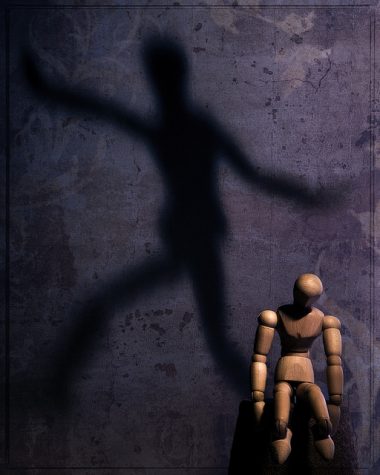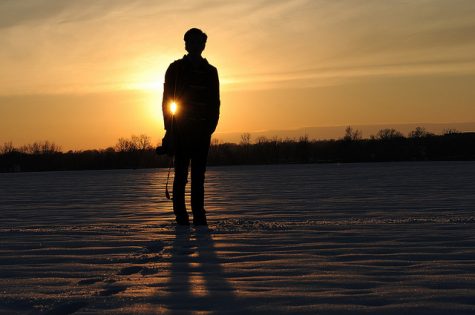Conquering the Fall Blues
Fall and winter are seasons where stress begins to build within people. What causes this feeling of stress is a condition known as Seasonal Affective Disorder, also identifiable as SAD. It is described by the Mayo Clinic as, “a type of depression that’s related to changes in seasons—SAD begins and ends at about the same times every year […] seasonal affective disorder symptoms appear during late fall or early winter and go away during the sunnier days of spring and summer.”

SAD doesn’t affect an individual immediately, but as the months drag on, the symptoms may worsen. Symptoms of SAD are relatively common in other forms of depression: weight loss, high stress, lack of motivation, and fatigue. These symptoms are commonly associated with mental disorders; therefore don’t diagnose yourself with SAD before seeing a doctor who can determine the real variables affecting you.
The factors that can lead to symptoms of SAD in people are genetic structures in the brain and the decrease in both serotonin and melatonin levels. Melatonin is the hormone that helps regulate and control the sleep cycle. Serotonin is the neurotransmitter that regulates cyclic body processes and maintains our well being and happiness.
The Mayo Clinic found that, “reduced sunlight can cause a drop in serotonin that may trigger depression.” With a decrease in serotonin, the production of melatonin will slow down, further pushing stressing one’s mental state.
It’s not anyone’s fault that when the leaves fall, our motivation seems to fall with it. To fight against SAD means one must fight against the products of their own body. Fighting a mental battle isn’t always easy and, according to MedLinePlus, “SAD may be effectively treated with light therapy. But nearly half of people with SAD do not respond to light therapy alone.” In other words, to overcome the fall blues, it’ll take more than just waiting for spring to roll in.
Efficient solutions to help overcome that slump are as simple as getting outside and exercising. Many preach that exercise and spending time in the outdoors boosts productivity and happiness, such as Michelle Obama’s Let’s Move program and the NFL’s Play60 movement. While these programs are geared towards fighting obesity, they also aid in improving mental and emotional health. .
The Centers for Disease Control and Prevention (CDC) found that, “regular physical activity can help keep your thinking, learning, and judgment skills sharp as you age. It can also reduce your risk of depression and may help you sleep better.”
Physical activity is an important part of every healthy lifestyle. Researchers from the University of Essex in England discovered, “[…] just five minutes of green exercise resulted in improvements in self-esteem and mood.” Getting active and outside is a key component to raising our spirit, even if it’s only a short walk around the block or an hour at the park.
However, spending time outdoors and staying active takes time, and it is tough to do when it gets cold outside. On those days when it feels like the weather is against you, make sure to dress up in heavier clothing with materials such as wool. Gloves and a hat can make all the difference in staying warm when you go outside, and they won’t get in the way of any activity you seek to do.

Getting outside and being active are beneficial because of the exposure to sunlight. A study conducted by the Harvard Health Letter found that the more light received in a day, the higher the happiness levels. The best results occur when the light is coming directly from the sun for optimum amounts of vitamin D. If possible, move closer to a window while at work or at school. Open the blinds at home to let more sunlight in. The brighter the light, the more optimistic one will be.
As the fall days come to an end and the daylight hours become shorter, it becomes harder to find a way to let go and relax. The best things someone can do is enjoy those moments of sunlight and take a deep breath. The days are still warm so get outside and enjoy the fall.
And remember: the stress you feel is chemical, but if you stay physical, you can’t help but feel more optimistic. Fall is all about the red and yellow leaves, so let’s work to get rid of those blues.







